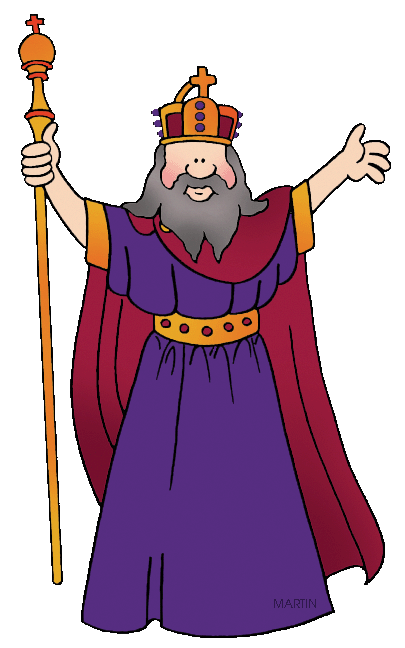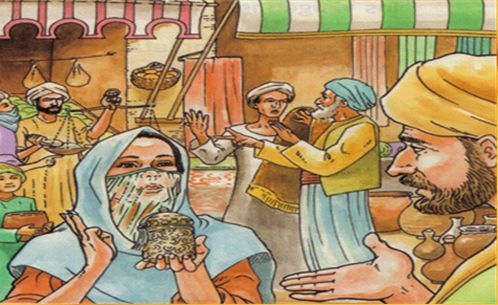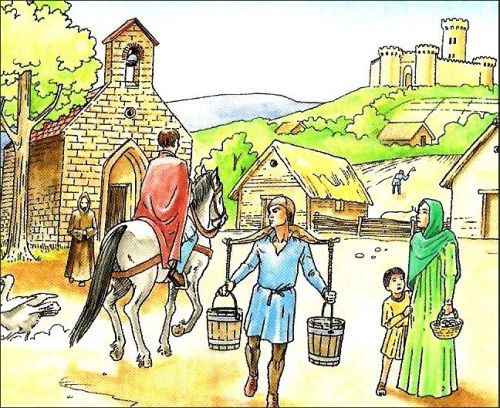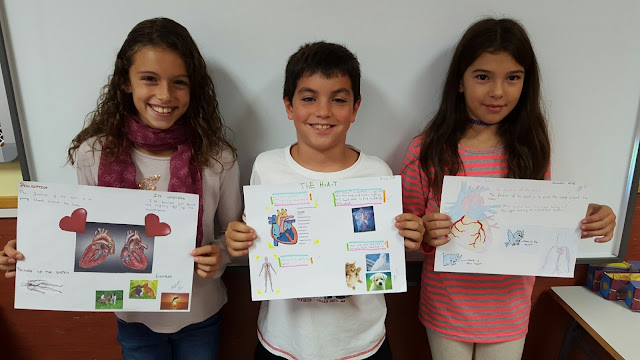Watch these videos, learn and enjoy!
Magallanes y Elcano 1
Magallanes y Elcano 2
Magallanes y Elcano 3
Cristobal Colón
Hi everybody! This blog is for you to learn and enjoy. Have a great time learning! Este es un blog educativo para ayudar a los alumnos y las familias. Vais a encontrar un poco de todo, juegos, videos.. ideas.. actividades de clase y recursos variados que podéis usar y aprovechar. Todo ello lo he ido recopilando a lo largo de los años y os lo comparto para que lo disfrutéis. Espero que os sea de utilidad.
jueves, 17 de diciembre de 2015
lunes, 14 de diciembre de 2015
"COMPARISONS"
Comparative and Superlative games
Here you have some games to practice your english.
Do not forget to tell me your score!
GAME 1 FOOTBALL GAME
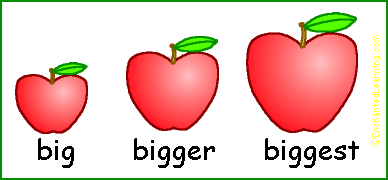




IRREGULAR ADJECTIVES
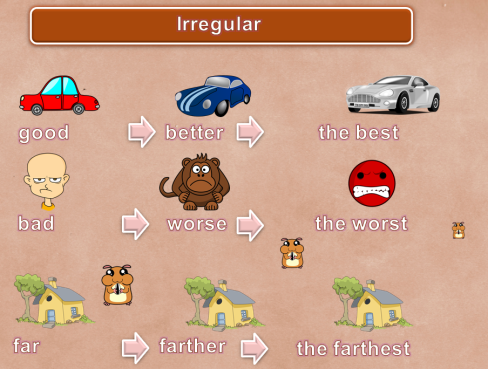
Here you have some games to practice your english.
Do not forget to tell me your score!
GAME 1 FOOTBALL GAME





IRREGULAR ADJECTIVES

jueves, 26 de noviembre de 2015
YET ALREADY AND JUST
Rewrite the sentences adding (Already / Just / Yet)
1. I have eaten sushi before. (already)
__________________________________________________
2. She hasn’t visited Eurodisney. (yet)
__________________________________________________
3. They have seen this movie. (already) __________________________________________________
4. We have met your teacher. (just) She is nice.
__________________________________________________
5. My brother hasn’t started school. (yet) He is 2 years old
_________________________________________________
1. I have eaten sushi before. (already)
__________________________________________________
2. She hasn’t visited Eurodisney. (yet)
__________________________________________________
3. They have seen this movie. (already) __________________________________________________
4. We have met your teacher. (just) She is nice.
__________________________________________________
5. My brother hasn’t started school. (yet) He is 2 years old
_________________________________________________
English test review
Activity 1. Complete with for o since.
1. We’ve been running in the playground………. two hours.
2. I’ve been working in this office ………. a month.
3. They’ve been living in San Agustin ………. 2010.
4. He has been in another school ………. a year.
5. I’ve known that teacher ………. a long time.
6. That man has been standing there ………. six o’clock.
7. She has driven the same car ………. 1975.
8. The kettle has been boiling ………. a quarter of an hour
.
9. Things have changed ………. I was a girl.
10. The central heating has been on ………. October.
1. We’ve been running in the playground………. two hours.
2. I’ve been working in this office ………. a month.
3. They’ve been living in San Agustin ………. 2010.
4. He has been in another school ………. a year.
5. I’ve known that teacher ………. a long time.
6. That man has been standing there ………. six o’clock.
7. She has driven the same car ………. 1975.
8. The kettle has been boiling ………. a quarter of an hour
.
9. Things have changed ………. I was a girl.
10. The central heating has been on ………. October.
lunes, 23 de noviembre de 2015
Social Sciences Review
Hi babies!
Are you sure do you know all these dates?
What happened????
476 A.D. 507 A. D 589 A. D
711 A. D 722 A. D 929 A. D
1085 1212 1492
Here you have some ideas:
START OF THE MIDDLE AGES
START OF THE VISIGOTHIC KINGDOM
BATTLE OF GUADALETE... NAVAS DE TOLOSA...
TOLEDO WAS CONQUERED
KING RECAREDO CONVERTED TO CATHOLICISM
CHRISTIANS CONQUERED GRANADA....
lunes, 16 de noviembre de 2015
FERNANDO BOTERO
BIOGRAFÍA
QUICK FACTS
- NAME
- Fernando Botero
- FULL NAME
- Fernando Botero Angulo
- ZODIAC SIGN
- Aries
Fernando Botero, pintor y escultor, es uno de los artistas vivos más importantes de nuestra época. Botero nació en Medellín, Colombia, en 1932. Su padre era vendedor de mercancías y recorría las montañas de su tierra llevando sus productos de pueblo en pueblo a lomo de mula.
Cuando Fernando y sus hermanos eran sólo unos niños, su padre falleció, por lo que su madre tuvo muchas dificultades económicas para darles educación
.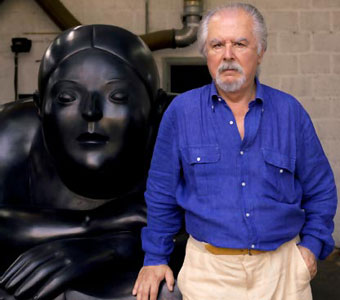

Fernando comenzó a dibujar desde muy joven y sus primeros temas fueron las corridas de toros, a las que asistía con un tío. El pintaba acuarelas de temas taurinos y las vendía en las puertas de la plaza de toros.
Mientras era estudiante de secundaria, escribió un artículo en un
periódico local llamado: “Picasso y el no conformismo en el arte”. A
causa de las ideas que expuso y de las ilustraciones que acompañaban el
artículo, fue expulsado del colegio.
A los 16 años se vinculó con el mismo periódico como ilustrador y con
el dinero que recibía, pudo pagar su educación. Dos años más
tarde realizó su primera exposición con otros pintores de la ciudad.
A los 19 años presentó su obra en Bogotá y gracias a la venta de
algunos cuadros se fue a Europa a estudiar. Vivió en España, Francia y
finalmente en Italia, donde además de sus estudios se dedicó a visitar
museos y a aprender de los grandes maestros.
A los 24 años se casó y se fue a vivir a México, allí comenzó a pintar
sus primeras formas redondeadas que son la característica principal
tanto de su pintura como de su escultura.
sus primeras formas redondeadas que son la característica principal
tanto de su pintura como de su escultura.

Durante varios años la crítica fue muy dura con su obra, su situación económica era difícil y sus cuadros no se vendían bien.
Antes de cumplir los 30 años, el Museo de Arte Contemporáneo de Nueva
York, le compró una obra llamada: “Monalisa a la edad de 12 años”.
Esta compra le dio el respaldo que necesitaba y desde ese momento comenzó a exhibir en los principales museos del mundo.
Características de su obra:
No sólo las personas, sino también los animales, las flores, las frutas
y los objetos son de formas redondeadas y desproporcionadas.
No sólo las personas, sino también los animales, las flores, las frutas
y los objetos son de formas redondeadas y desproporcionadas.
Pinta escenas de su país y de las experiencias que vivió durante su infancia. En sus
cuadros se pueden ver los pueblos, la arquitectura colonial y los paisajes y frutas de su tierra natal.
cuadros se pueden ver los pueblos, la arquitectura colonial y los paisajes y frutas de su tierra natal.
Representa con humor los símbolos de poder de la sociedad: presidentes, soldados, sacerdotes y obispos.
Sus colores son fuertes y brillantes.

En muchos de sus cuadros él recrea las obras de grandes artistas de la historia del arte universal.
Sus esculturas, tanto en bronce como en piedra, son redondeadas y suaves, algunas de ellas, de más de 2 metros de altura. Ellas han sido exhibidas en avenidas y plazas en las principales ciudades de cada continente.
En los últimos años Botero ha utilizado su arte para denunciar actos de guerra, terrorismo y torturas en diferentes lugares del mundo.
Estas obras las ha llevado a muchos países y no las ha querido vender. Las ha donado, para que ellas queden como testimonio para las generaciones futuras.
Fernando Botero is a Colombian artist known for creating bloated, oversized depictions of people, animals and elements of the natural world.
Synopsis
Born in Colombia in 1932, Fernando Botero left matador school to become an artist, displaying his work for the first time in a 1948. His subsequent art, now exhibited in major cities worldwide, concentrates on situational portraiture united by his subjects' proportional exaggeration.

.jpg)
Botero's work in his early years was inspired by pre-Colombian and Spanish colonial art and the political murals of Mexican artist Diego Rivera. Also influential were the works of his artistic idols at the time, Francisco de Goya and Diego Velázquez. By the early 1950s, Botero had begun studying painting in Madrid, where he made his living copying paintings hanging in the Prado and selling the copies to tourists.
The Maturing Artist
Throughout the 1950s, Botero experimented with proportion and size, and he began developing his trademark style—round, bloated humans and animals—after he moved to New York City in 1960. The inflated proportions of his figures, including those in Presidential Family (1967), suggest an element of political satire, and are depicted using flat, bright color and prominently outlined forms—a nod to Latin-American folk art. And while his work includes still-lifes and landscapes, Botero has typically concentrated on his emblematic situational portraiture.
 |
| JINETE MUSEO DE JERUSALÉN, ISRAEL |
After reaching an international audience with his art, in 1973, Botero moved to Paris, where he began creating sculptures. These works extended the foundational themes of his painting, as he again focused on his bloated subjects. As his sculpture developed, by the 1990s, outdoor exhibitions of huge bronze figures were staged around the world to great success.
Recent Works
 |
| ESCULTURA DE LA MANO, EN EL PASEO DE LA CASTELLANA |
In 2004, Botero turned to the overtly political, exhibiting a series of drawings and paintings focusing on the violence in Colombia stemming from drug cartel activities. In 2005, he unveiled his "Abu Ghraib" series, based on reports of American military forces abusing prisoners at the Abu Ghraib prison during the Iraq War. The series took him more than 14 months to complete, and received considerable attention when it was first exhibited in Europe.
Personal Life
Fernando Botero has been married three times, having wed current wife, Greek artist Sophia Vari, in the mid-1970s. He has several children as well, with one son having died as a child during a car accident. Botero continues to exhibit his works around the world.
"LET´S FIND OUT"
Find out about " AVERROES"
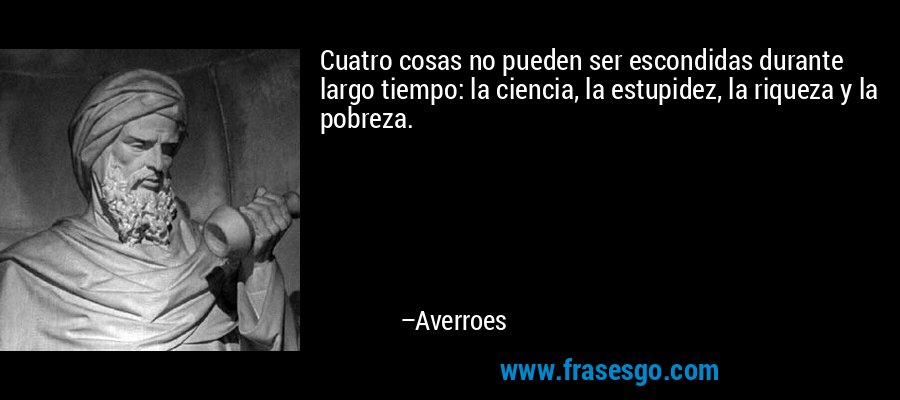

- WHEN AND WHERE WAS HE BORN?
- WHAT SUBJECTS DID HE WRITE ABOUT?
- WHY WAS HE IMPORTANTANT?
- WHEN DID HE DIE?
"Let´s learn Social Sciences"
DO YOU KNOW THIS MAN?
- WHEN AND WHERE WAS HE BORN?
- WHAT COUNCILS DID HE FORM A PART OF?
- WHAT DID HE WRITE?
- WHAT LANGUAGES DID HE KNOW?
- WHAT SUBJECTS DID HE INCLUDE IN HIS ENCICLOPEDIA?
- WHAT WERE THE MOS IMPORTANT ACHIEVEMENTS OF HIS LIFE?
domingo, 15 de noviembre de 2015
"Social Sciences"
Spain in the Middle Ages Unidad
5
(España en la Edad Media)
Lista de vocabulario
al-Andalus = al-Ándalus
Allah = Alá
Arabian Peninsula = Península Arábiga
Arabic = idioma árabe
army = ejército
authority = autoridad
badge = emblema
Battle of Covadonga = Batalla de
Covadonga
Battle of Guadalete = Batalla de
Guadalete
Battle of Navas de Tolosa = Batalla de las Navas de Tolosa
belief = convicción,
creencia
bishop = obispo
Black Death = la Peste Bubónica
(o Negra)
blacksmith = herrero
border = frontera
caliph = califa
caliphate = califato
cathedral = catedral
Catholicism = catolicismo
Christian = cristiano
clay = arcilla
clergy = clero
conquest = conquista
Córdoba Caliphate = el Califato de
Córdoba
council = consejo
Council of Toledo = El Concilio de
Toledo
customs = tradiciones o
costumbres
decrease = disminuir
defeat = derrotar, vencer
emir = emir
emirate = emirate
equal = igual
expand = extenderse
follower = seguidor, fiel
fortress = fortaleza
Germanic tribe = tribu germánica
governor = gobernador
Great mosque = mezquita mayor
irrigated farming = agricultura de
regadío
Islam = el Islám
Jewish = judío
King Recaredo = el rey Recaredo
Koran = El Corán
laws = leyes, legislación
leather goods = objetos de piel
legend = leyenda, gesta
lord = señor (feudal)
merchant = mercader,
comerciante
miller = molinero
Mozarab = mozárabe
Muslim = musulmán
Ostrogoths = ostrogodos
pattern = filigrana
pilgrimage = peregrinación
pottery = cerámica
prophet = profeta
raise = criar
reconquer = reconquistar
rights = derechos
Roman laws = derecho romano
route = itinerario, ruta
rule = gobernar
running water = agua corriente
sacred = sagrado
souk = el zoco
Taifa kingdoms = Reinos de Taifas
taxes = impuestos
teachings = enseñanzas,
doctrina
territory = territorios
thinker = pensador
treasure = tesoro
Visigoths = los visigodos
weapon = arma
wheat = trigo
lunes, 2 de noviembre de 2015
Introduction to Social Sciences
" Time detectives"
Hi everybody!
We are about to start a new unit of Social Sciences, in particular about History.
Let´s prepare ourselves to understand the long and special period called " Middle ages" and most of the events that happened at that time.
I do hope you like the video and you can guess some of the civilisations, places, costumes... you will see.
Pay atttention and enjoy!
"ANIMANDO LA HISTORIA"

VIDEO
Hi everybody!
We are about to start a new unit of Social Sciences, in particular about History.
Let´s prepare ourselves to understand the long and special period called " Middle ages" and most of the events that happened at that time.
I do hope you like the video and you can guess some of the civilisations, places, costumes... you will see.
Pay atttention and enjoy!
"ANIMANDO LA HISTORIA"

VIDEO
WE ARE SCIENTISTS!

Teacher Estibaliz brought some snails for us to grow.
We are really excited!
They took them home and now we will see how thwy take care of them.
Thank you Teacher Estibaliz!
 |
| They are very happy! |
 |
| This is for me! |
 |
| HEEEEELP! |
 |
| Great activity! |
 |
| Now is our turn! |
CONSEJOS PARA CUIDAR TU CARACOL! SOME ADVICE TO TAKECAREOF YOUR SNAILS!
" HALLOWEEN DAY"
This is what we did:review the parts of the face and its description.
Then the children had to create their own vampire, writing at least 5 sentences about him.
 |
| THEY HELP EACH OTHER! |

 |
| WORKING HARD |
 |
| WHAT ARE YOU LOOKING AT? JEJE |
 |
| SHE IS AN ARTIST! |
"STORY TELLING" DONT LET THE PIGEON DRIVE THE BUS!
STORY TELLING
Here you see our children doing an activity. We studied the punctuaction marks and we decided to use a story to reinforce this content, using them.
They were listening to the story and they hadto complete a worksheet with 3 sentences, they had to choose with 3 different punctuation marks.




Here you see our children doing an activity. We studied the punctuaction marks and we decided to use a story to reinforce this content, using them.
They were listening to the story and they hadto complete a worksheet with 3 sentences, they had to choose with 3 different punctuation marks.




jueves, 29 de octubre de 2015
lunes, 26 de octubre de 2015
Let´s investigate!
We decided to study the main organs from our bodies, using a matching game.
Then why not to study a bit more and find out about :
-its function
-its location in a human bodie
-the system it belong to
-examples of other living things that have this organs
( including pictures)
These are some of the posters they have made.
Then why not to study a bit more and find out about :
-its function
-its location in a human bodie
-the system it belong to
-examples of other living things that have this organs
( including pictures)
These are some of the posters they have made.
"Let´s study Sciences"
Suscribirse a:
Entradas (Atom)
_.jpg)



